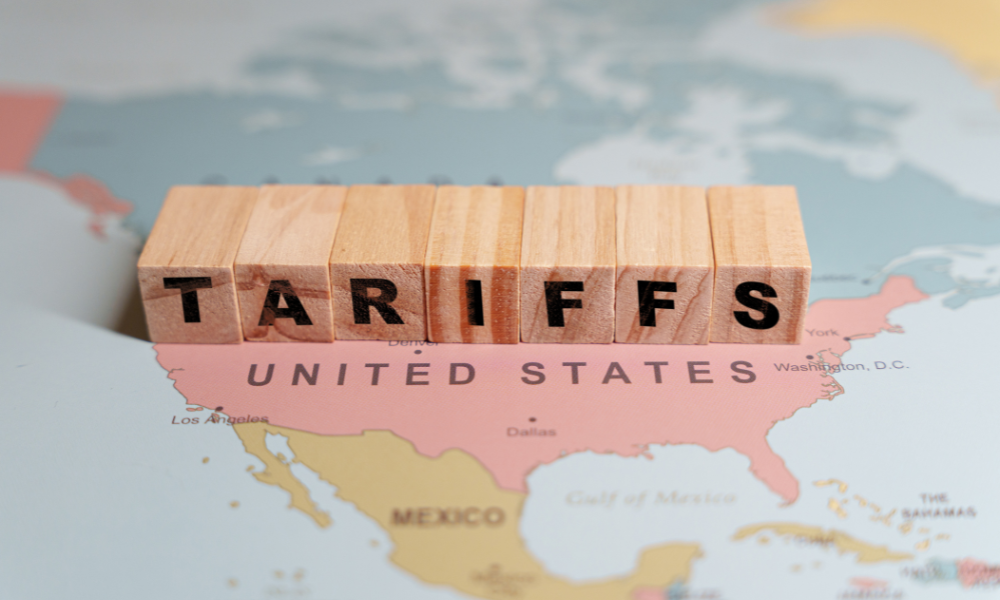How has Federal Reserve hiking, US dollar strength, and slowing growth outlook impacted developing markets?

With the Federal Reserve set to make another policy decision next week, investors are looking for fresh signals to estimate its impact on the markets. But at this point, those focused on emerging markets may not be watching as closely.
“I would say the initial phase of being purely just top-down and being worried about the impact of the Federal Reserve’s hiking on emerging markets is behind us now, because the Fed is essentially close to being done,” says Christine Tan, portfolio manager at SLGI Asset Management.
Fed tightening has put EM debt in focus
Given the Federal Reserve’s rapid rate-hiking pushing up yields on US fixed-income securities over the past few months, Tan says there had been a mild risk foreign investors would rotate away from emerging-market fixed income and into US debt.
But developing markets have been largely able to head off that risk. Having experienced painful bouts of sky-high inflation in their history, some EM countries were quicker to institute policy tightening to control inflation. That enabled them to get ahead of the Fed on their rate hikes, effectively keeping potential yields on their debt attractive relative to US debt.
“Emerging markets had actually started hiking rates, much earlier than the US,” Tan says. “In certain cases, the first hikes they did for the current cycle came in the first quarter of 2021. … Most of them were done by end-2022, but there are a couple of stragglers like Thailand and South Africa that likely reach peak tightening by the middle of this year.
“We did still see some outflow, which was partly driven by the stronger US dollar,” Tan says. “The strength of the US dollar against the majority of world currencies throughout 2022 was the most challenging headwind for emerging-market assets, particularly for smaller EM countries that often issue US dollar-denominated bonds and debt rather than local currency bonds.”
The upshot of the stronger dollar is a higher risk of debt distress for smaller EM countries. That was highlighted by no less than the president of the World Bank, who according to Tan estimated roughly 60% of lower-income countries were at “high risk” of some form of debt distress due to a combination of higher rates and high levels of US dollar-denominated debt.
“Certainly, there could be some form of potential restructuring,” Tan says. “You could see some of these emerging markets having to refinance at a much higher rate.”
Should EM investors fear a growth slowdown?
Zooming out to the broader economic picture, Tan says efforts by major central banks to curb inflation through aggressive rate hikes are expected to result in economic slowdowns across the world. She anticipates this will have a knock-on effect on EM countries that depend more heavily on exports.
“Everyone's trying to slow down the economy, which does generally make it tougher for export-oriented EM economies,” Tan says.
Despite that broad structural headwind, Tan expects some EMs will prove stronger than others. That includes developing countries with stronger domestic drivers of demand, or those that play a key role in more secular trends like the demand for AI investment or the green transition.
“We are still watching to see the potential implications [of Fed tightening] for debt distress. … That's going to play out very slowly,” Tan says. “At this point, our emerging market managers are more focused on the bottom-up story.”



